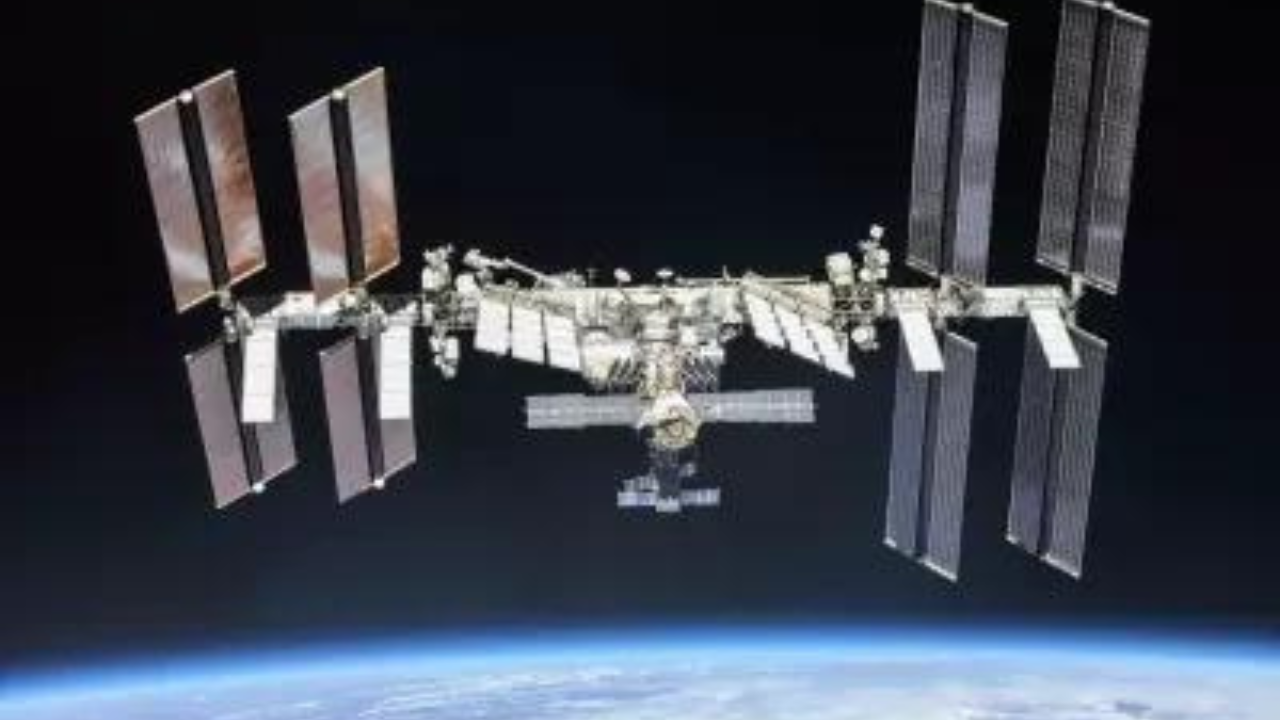A Russian Earth observation satellite, RESURS-P1, which was declared dead in 2022, has disintegrated into more than 100 pieces of debris in orbit. The break-up occurred on Wednesday, near the International Space Station (ISS), causing the astronauts on board to take shelter in their spacecraft for about an hour as a precautionary measure. US Space Command stated that there was no immediate threat to other satellites.
The cause of the satellite’s break-up is currently unknown, and Russia‘s space agency, Roscosmos, has not provided any comments on the incident.LeoLabs, a US space-tracking firm, detected the satellite releasing fragments until 6 pm Mountain Time. US Space Command confirmed that the event generated “over 100 pieces of trackable debris.”
Large debris-generating events in orbit are uncommon but are becoming a growing concern as space becomes increasingly crowded with vital satellite networks. In 2021, Russia faced strong criticism from Western countries when it destroyed one of its defunct satellites using a ground-based anti-satellite (ASAT) missile, creating thousands of pieces of orbital debris. While the RESURS-P1 passed over the Plesetsk rocket site during the initial break-up window, there was no immediate indication that Russia had launched a missile to strike the satellite.
When satellites reach the end of their operational life, they either remain in orbit until they eventually descend into Earth’s atmosphere and burn up, or they are moved to a “graveyard orbit” 36,000 km from Earth to minimize the risk of colliding with active satellites. Roscosmos decommissioned RESURS-P1 in 2021 due to onboard equipment failures and had been lowering its altitude for an eventual atmospheric reentry.
The incident highlights the growing need for an international mechanism to manage space traffic and address the risks associated with satellite collisions and space warfare. Space advocates and lawyers have been calling for countries to establish such a system, which does not currently exist, to ensure the safe and sustainable use of space for all.
The cause of the satellite’s break-up is currently unknown, and Russia‘s space agency, Roscosmos, has not provided any comments on the incident.LeoLabs, a US space-tracking firm, detected the satellite releasing fragments until 6 pm Mountain Time. US Space Command confirmed that the event generated “over 100 pieces of trackable debris.”
Large debris-generating events in orbit are uncommon but are becoming a growing concern as space becomes increasingly crowded with vital satellite networks. In 2021, Russia faced strong criticism from Western countries when it destroyed one of its defunct satellites using a ground-based anti-satellite (ASAT) missile, creating thousands of pieces of orbital debris. While the RESURS-P1 passed over the Plesetsk rocket site during the initial break-up window, there was no immediate indication that Russia had launched a missile to strike the satellite.
When satellites reach the end of their operational life, they either remain in orbit until they eventually descend into Earth’s atmosphere and burn up, or they are moved to a “graveyard orbit” 36,000 km from Earth to minimize the risk of colliding with active satellites. Roscosmos decommissioned RESURS-P1 in 2021 due to onboard equipment failures and had been lowering its altitude for an eventual atmospheric reentry.
The incident highlights the growing need for an international mechanism to manage space traffic and address the risks associated with satellite collisions and space warfare. Space advocates and lawyers have been calling for countries to establish such a system, which does not currently exist, to ensure the safe and sustainable use of space for all.






